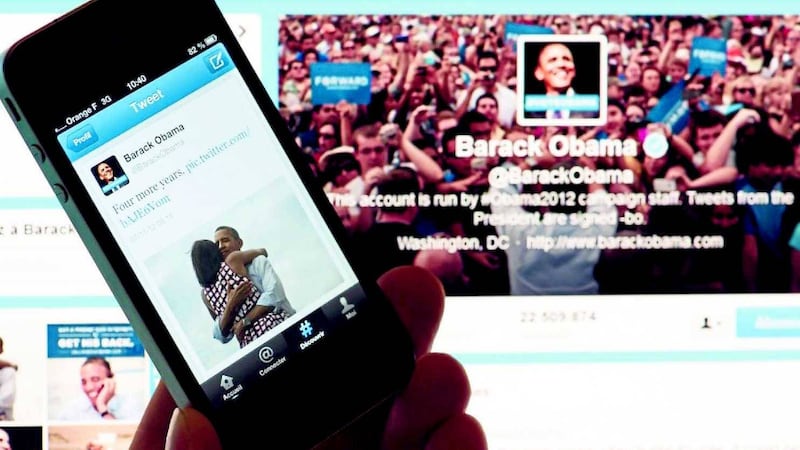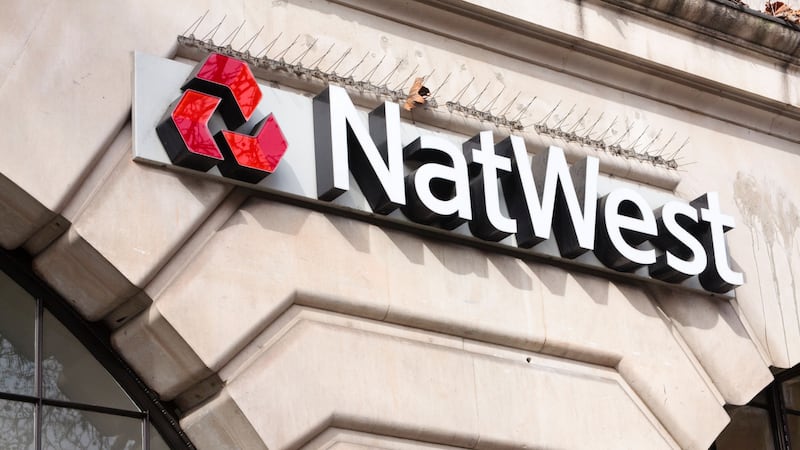WITH the general election now up and running, the first party political broadcast on our televisions and campaign posters on every lamp post, I decided to see how popular some of the best known politicians locally, nationally and globally are, in terms of using social media and in particular Twitter.
Last month I looked at the general use of IT by political parties, including social media. But Twitter is the one aspect of our IT world that is becoming the way in which politicians can get their message, views and comments across to the people who want to hear them. It's also the way of cementing their party manifestos in short and focused bursts, targeted at specific communities. These short messages (maximum 140-characters) that often link to more in-depth coverage of the main stories will, I'm sure, be interspersed with every contrived photo opportunity of kissing babies and shaking the hands of industry leaders etc along the way.
It's important also to highlight the level of usage in terms of other political leaders. A few years ago, Twitter was seen as the poor relation of social media, trailing in popularity behind the likes of Facebook and Linked-In. Today the tables have turned and it's a serious news communication tool for governments, business leaders, news journalists and political leaders. It demands your attention on a weekly, daily and, for some, hourly basis. This attention given (in terms of how many tweets and how many followers you have) provides a yardstick to estimate how computer literate tweeters are. While some heads of state and governments continue to amass large followings, foreign ministers have established a virtual diplomatic network by following each other on this social media platform.
More than half of the world's foreign ministers and their institutions are active on the social networking site. Twitter has become an indispensable diplomatic networking and communication tool. As Finnish prime minister @AlexStubb wrote in a tweet in March 2014: "Most people who criticise Twitter are often not on it. I love this place. Best source of info. Great way to stay tuned and communicate."
As of November 2014, the vast majority (83 per cent) of the 193 UN member countries have a presence on Twitter. More than two-thirds (68 per cent) of all heads of state and heads of government have personal accounts on the social network.
Since his election in late May 2014, India's new prime minister @NarendraModi has skyrocketed into third place in the list of "most followed world leaders", surpassing the @WhiteHouse and dropping Turkey's president Recep Tayyip Erdogan (@RT_Erdogan) into fourth and fifth place with more than five million followers each.
Modi still has a ways to go to beat US president @BarackObama, who tops the world leader list with a colossal 49.1 million followers and Pope Francis @Pontifex with 16 million followers on his nine different language accounts. Irish politicians have been lukewarm about Twitter with the taoiseach @EndaKennyTD having 27,500 followers and president @MD_ Higgins has 22,100 followers.
In 2016, @BarackObama will take his account into retirement and become the elder statesman with the largest social media following. Interestingly the @WhiteHouse and other official US government accounts do not follow @BarackObama. By law there is a strict separation between the US government accounts and personal campaign accounts. The White House has already reserved the @POTUS account should the next president of the United States decide to use an official personal Twitter account.
The @BarackObama account, set up in early 2007, has been on Twitter's suggested user list and is still growing as it is often suggested to new Twitter users.
The five most followed world leaders have one thing in common: they have discovered Twitter as a powerful one-way broadcasting tool; they are only following a handful of other world leaders, if any, and are hardly conversational which is almost impossible, given the sheer size of their audience. Europe's leading foreign ministers and foreign ministries are all following each other and have created what can be termed a virtual diplomatic network on Twitter. The Swedish Foreign Ministry has been leading efforts to promote #DigitalDiplomacy.
In January 2014, the Swedish Foreign Ministry invited 30 digital diplomats from around the world to the Stockholm Initiative for Digital Diplomacy. The initial meeting in Stockholm has given birth to a loose diplomatic network of social media practitioners who are exchanging ideas on how to develop the use of digital tools beyond social media and coordinating digital campaigns beyond their own diplomatic network.
Over the past years, foreign ministries have massively expanded their own networks of ambassadors, embassies, consulates and diplomatic missions on Twitter. According to the comprehensive Twitter list on @Twiplomacy, more than 3,500 embassies and ambassadors are now active on Twitter. In London, New York and Washington DC, foreign diplomatic missions can no longer ignore the flurry of diplomatic activity on the social network.
As I commented in my last month's article, politicians' social media activity increases during an election campaign. This is true of president Michael D Higgins, who tweeted 48 times to his followers on October 27 2011 (presidential election day) and, at the time of writing, has not tweeted once since November 11 2011 (the day he took up office). The Irish president unilaterally follows @EndaKennyTD, @WhiteHouse and @Number10Gov, but they don't follow him back.
On the local scene Martin McGuinness @M_McGuinness_SF tops the Irish league with a following of over 45,000, while Peter Robinson @DUPleader has a less personal Twitter account with almost 21,000 followers. Surprisingly, the media savvy Mike Nesbitt only has 12,000 followers with Alasdair McDonnell @AlasdairMcD accumulating only 3,401 followers.
With our local politicians scrambling to get their messages out over the next few weeks, it might be worth noting their Twitter statistics both now and at 10pm on May 7 to see if lessons have been learned on the power of IT in politics.
* Trevor Bingham (editorial@ itfuel.com) is business relationship manager at Fuel in Craigavon. Follow them on Twitter @itfuel.


